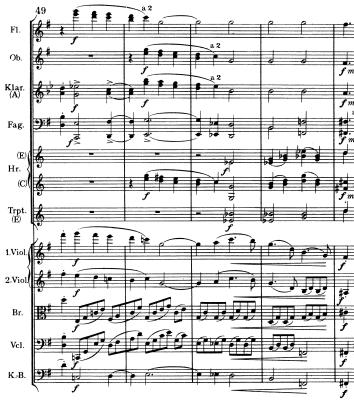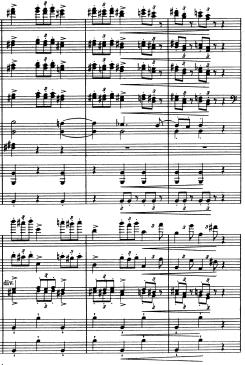I’ve been currently working on Elgar’s Sonata, amongst others, for my next project which involves a ton of research upon the influence and the context of the composition, and more pivotally of THE COMPOSER.
Why do I do it?
Because music is much more than just a collection of tones and sounds. As one of the world’s most renowned pianist and conductor Daniel Barenboim often remarked: it is a conception of life.
That said, today we’ll investigate where Elgar may have obtained some of the ideas for his sonata from and the parallel between one another.
=================================================================================================
“Edward Elgar” on Saturday 21st January 2017 at 8 PM (GMT+9)
at Café Montage in Kyoto, JP
==>http://www.cafe-montage.com/prg/170121.html
Only 3 Days remain until the ticket sale goes LIVE and we only have 40 spots maximum. We’ll not accept entry after all the spots sell out, so please, make sure to act early and click the link above to secure your spot or to read a little more about it before.
==================================================================================================
As a composer who survived the latter half of the 19th century and the first half of the 20th century, Elgar was apparently rich in his source of musical idioms that were often borrowed from many of his contemporaries. Below is an excerpt of the 1st movement from the sonata:

 accents, the 2nd and the 4th beat sounds as if they were the downbeats, which in my view makes it a trigger for music to get driven forward rather than being steadily progressing. Of course, depending upon how they see this feature, some conductors may wish to interpret this as something that holds it back which is the opposite of my way of thinking, but it’s certainly not an invalid idea.
accents, the 2nd and the 4th beat sounds as if they were the downbeats, which in my view makes it a trigger for music to get driven forward rather than being steadily progressing. Of course, depending upon how they see this feature, some conductors may wish to interpret this as something that holds it back which is the opposite of my way of thinking, but it’s certainly not an invalid idea. 
